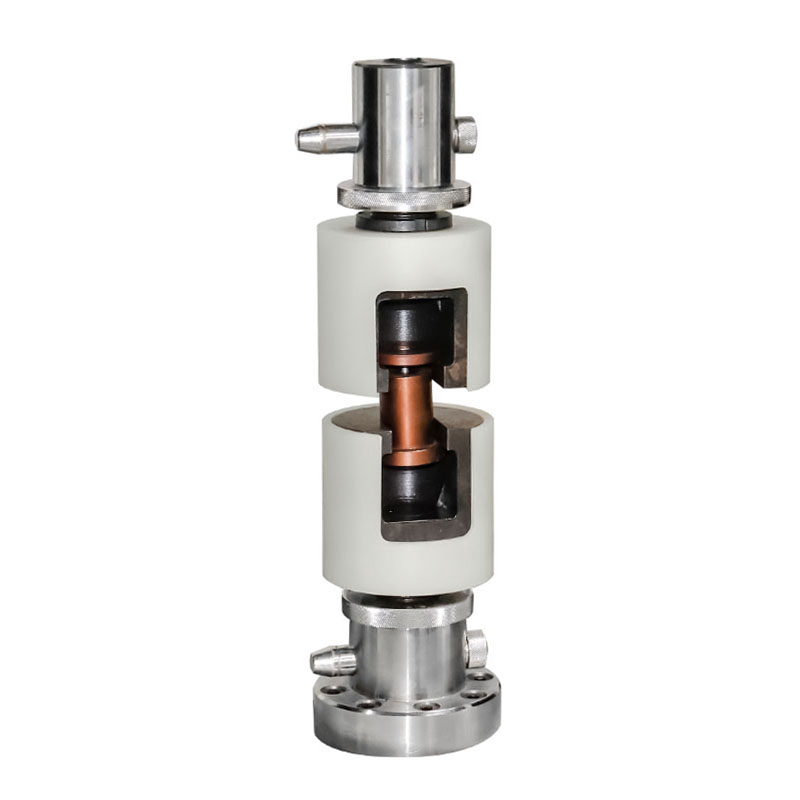What are the characteristics that a screw and bolt testing fixture typically measures
2023-10-27
A screw and bolt testing fixture typically measures a range of characteristics that are essential for evaluating the quality and performance of screws and bolts. These characteristics help assess the suitability of fasteners for various applications and ensure they meet industry standards. Common characteristics that such fixtures measure include:
1. Tensile Strength: This is the maximum axial (pulling) force a screw or bolt can withstand before it breaks or experiences plastic deformation. Tensile strength is a crucial parameter, especially in applications where fasteners are subjected to axial loads.
2. Yield Strength: The yield strength is the maximum stress a screw or bolt can endure without experiencing a significant and permanent deformation. It's an important indicator of the fastener's ability to return to its original shape after being subjected to stress.
3. Elongation: Elongation measures how much a screw or bolt stretches before it breaks during a tensile test. It is expressed as a percentage and provides information about the ductility of the fastener.
4. Tensile Modulus: This is a measure of a fastener's stiffness or how much it resists deformation under tension. It is useful in applications where precise tension control is required.
5.Torque Resistance: Torque resistance is the ability of a screw or bolt to withstand rotational forces without loosening. The fixture measures the torque required to tighten or loosen the fastener.
6. Shear Strength: This characteristic indicates a fastener's resistance to forces applied perpendicular to its axis. It's particularly relevant in applications where shear loads are significant.
7. Bend Strength: Bend strength assesses a fastener's resistance to bending or flexure. This is essential in situations where the fastener may be subject to dynamic or bending forces.
8. Fatigue Strength: Fatigue strength measures a fastener's ability to withstand cyclic loading and unloading without failing. It is critical in applications with repeated stress cycles, such as automotive and aerospace.
9. Environmental Resistance: Some fixtures assess a fastener's performance under specific environmental conditions, including extreme temperatures, humidity, or exposure to corrosive substances. This helps determine the fastener's resistance to environmental factors.
10. Thread Engagement Analysis: Fasteners rely on threads to provide secure connections. Testing fixtures may evaluate the engagement and disengagement characteristics of the threads, ensuring they function as intended.
These characteristics provide a comprehensive understanding of the mechanical properties and performance of screws and bolts. By measuring these parameters, manufacturers and quality control organizations can ensure that fasteners meet quality, safety, and performance standards for various applications.



